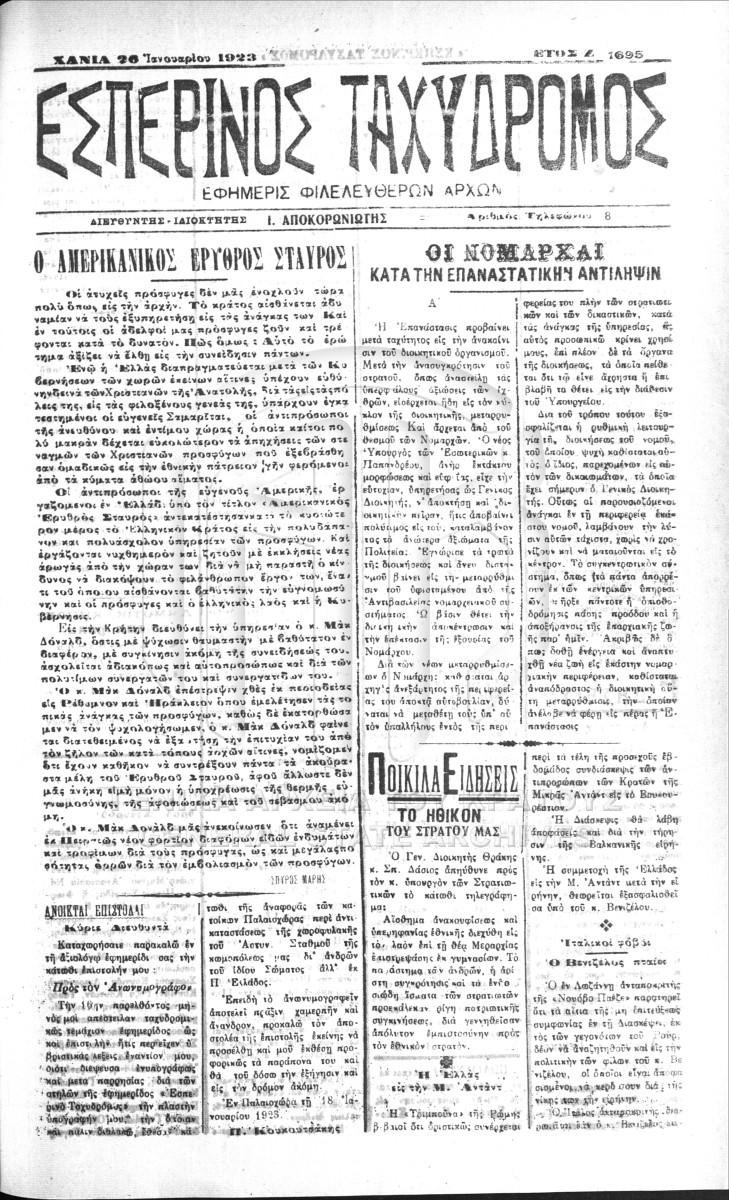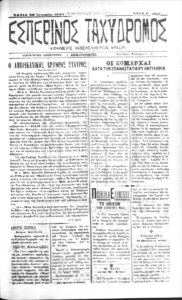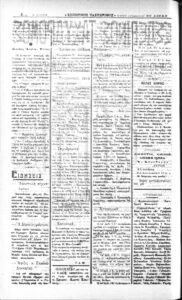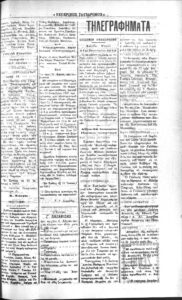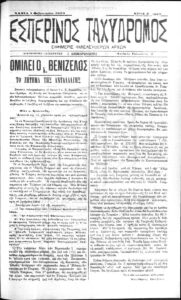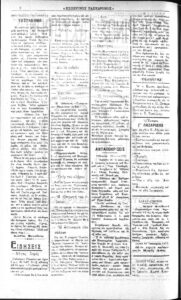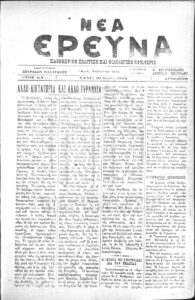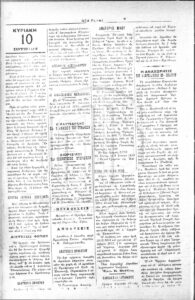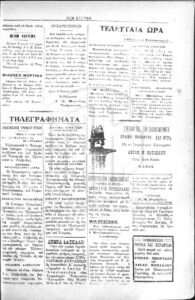The contribution of aid organisations before the official population exchange: the American Red Cross
City
Migration Period
Category
Full Description
During the first months after the arrival of the refugees, their basic needs were addressed by aid organisations and state entities. In October 1922, the state re-established the Patriotic Foundation of Social Welfare and in November 1922, established the Refugee Relief Fund. These bodies were funded by the state, but also received endowments and organised fundraisers.
At the same time, a large number of aid organisations assisted in the care of the refugees who arrived before the official population exchange. By September 1922, the Greek Red Cross, the women’s organisations Lykeion ton Ellinidon, the National Council of Greek Women, the Young Women’s Christian Association and others had already been mobilised in areas of Greece which were receiving refugee flows. Equally strong was the presence, both locally and nationally, of many international non-governmental organisations, such as the International and American Red Cross, Near East Relief, and the All British Appeal. These organisations played a major part in managing the challenging task of providing relief and fulfilling the refugees’ basic needs, at least until the official establishment of the Refugee Settlement Commission in September 1923.
The critical contributions of one of these organisations, the American Red Cross, can be traced through the pages of the newspapers of Chania. The first article presented here was published in the newspaper Esperinos Tachydromos on January 26, 1923. On the issue’s front page, there was a feature on the American Red Cross which praised the organisation’s activities in the city and the island in general, underlined the fact that the organisation was compensating for the state’s shortcomings, and made a special mention of its leader, B.D. MacDonald. Included in the same issue was a column called ‘Invitation by the American Red Cross’. It was a common feature in many newspapers of the time which published the names of refugees who were eligible for aid and invited them to pass by the organisation’s offices and receive the supplies allocated to them. The last names of the people in the column were Orthodox and Armenian and in some cases were accompanied by their place of origin. A few days later, the same newspaper published a ‘thank you’ message signed by the ‘Asia Minor refugees in Siteia’. The short message included a personal ‘thank you’ to MacDonald for sending aid and essentials to the refugees in Siteia, Lasithi. The message was published in a newspaper in Chania probably because that’s where the base of the American Red Cross operations in Crete was located.
In June 1923, the organisation announced its withdrawal from the island and the country as a whole. The dispatch of food and medicine continued, but the organisation no longer had a physical presence in Greece. The American Red Cross left Chania in mid-June. The article describing the organisation’s departure in the newspaper Nea Erevna on June 10, 1923, is tinged with the same feelings of gratitude as the previous articles. ‘Mr. Macdonal [sic] has left our city after carrying out the most charitable and God-pleasing work for so long […] On behalf of all the city’s residents, Nea Erevna bids a fond farewell to the entire organisation…’
As described in the article and recorded in the minutes of the Chania municipal council meeting of June 16, 1923, the municipality itself felt it had a duty to thank the departing head of the organisation. Included in the entry is the record of approval (Decision no. 75) of an expenditure request, tabled by the Mayor, Emmanouil Mountakis, for the purchase of a present to honour the American Red Cross delegation on the occasion of their departure. Such a gesture was deemed necessary ‘as a token of gratitude on behalf of the city for the charitable care they extended to the refugees and the special interest they showed in the Hospital…’. The present for the heads of the American Red Cross office in Crete was ‘two Cretan knives in a silver case’, a memento deemed by the Mayor to be representative of the island. The municipal council unanimously approved the Mayor’s request.
Bibliography
Nikos Andriotis, Refugees in Greece 1821-1940. Arrival, care, rehabilitation, Hellenic Parliament Foundation, Athens 2020.
Stella Aligizaki, ‘The settlement of the refugees in Chania and particularly in Nea Chora’ in Municipality of Chania, Nea Chora: Washed by the Sea, Chania 2012, pp. 147-152.
